Sound reinforcement systems in conferencing environments: how to engage your audience with a better sound.


Here we are with the third and last episode dedicated to audio installations – public address as it is commonly known. We saw, in a pretty practical way, without trying to give any lecture about acoustics, (on which many, more authoritative, articles can be found) what can be the needs and critical aspects that a contractor must face when conceiving and installing a sound system in a public space, being it a commercial space (shops, beauty salons, shopping centres) or recreational (bar, lounge, pubs).
In today’s episode we’ll talk about that sector that we called, maybe improperly, “conferencing” world, but that is universally recognized.
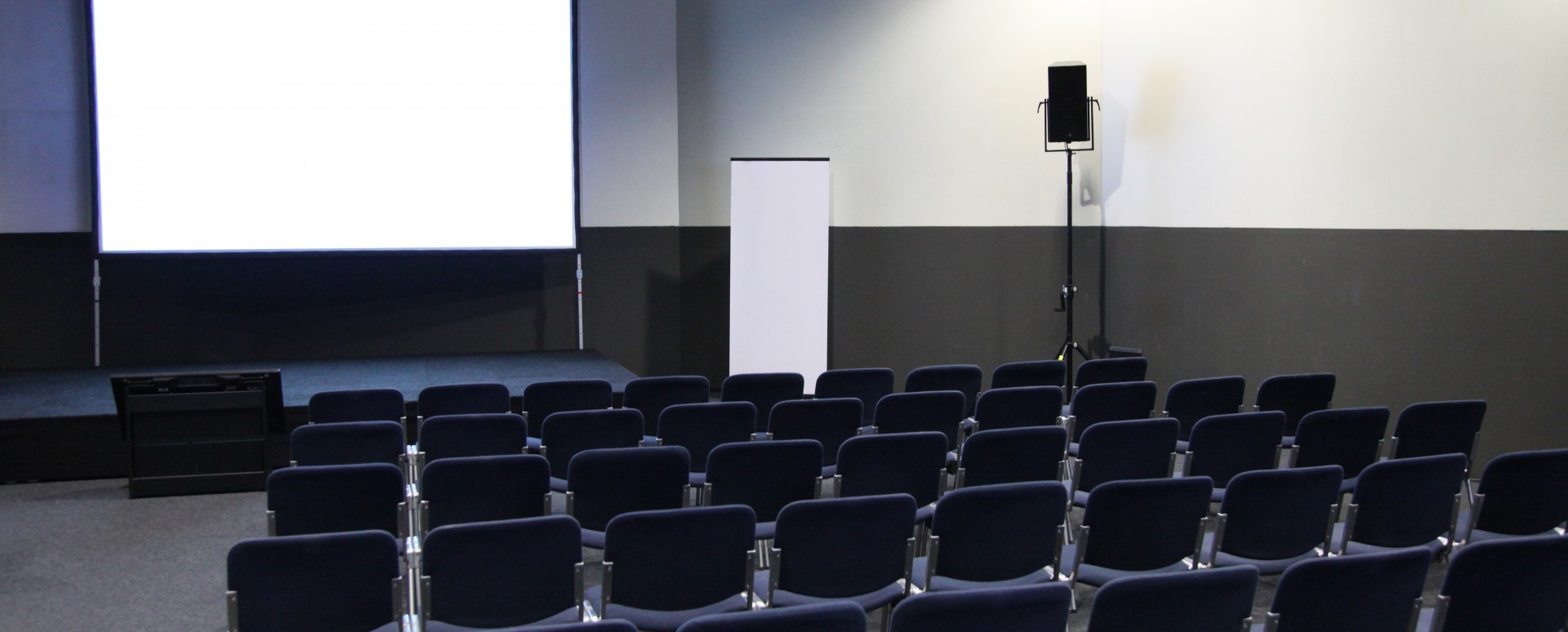
A VOICE LOUD AND CLEAR:
A “conferencing” environment is a location designed and built to accommodate conferences, speeches, meetings with a certain amount of people and any other kind of entertainment in which the spoken word and speech are at the center of the attention.
The typical situation is the one in which one or more people talk about a specific topic and an audience is listening, before interveining later with comments and questions.
By using only our intuition we can well understand what can be the actual needs and prerequisites that such a venue should have. Let’s list them once again for semplicity:
- Environment as silent and acoustically “tamed” as possible
- Sound reinforcement system capable of giving the right value to the human voice
- Preferrably more sources, adequately distributed, instead of two large main speakers
With these concepts in mind we will now analyze and define a parameter worth knowing and that is usually a must when talking of voice intelligibility.
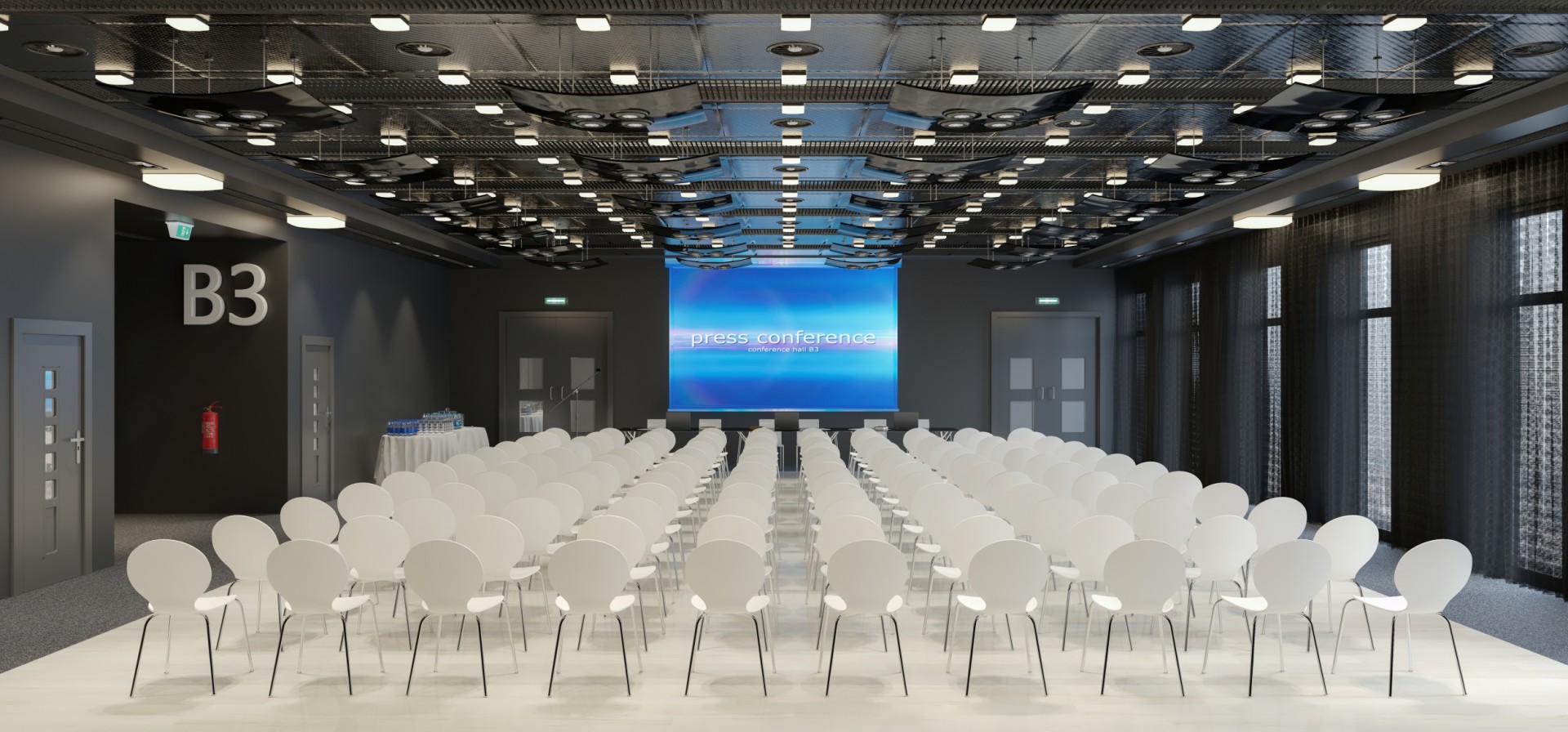
STI Index (Speech Trasmission Index):
What a more intelligible voice and sound means we already know. The word itself is self explanatory and means “able to be understood; comprehensible”.
When we talk about professional applications, though, it’s necessary to quantify empirical data through numbers and formulas, so that we can render an intuitive and abstract concept objective and measurable.
STI index comes from a study made by Houtgast, Steenken and Plomp in 1973 with the goal of quantifying objectively the intelligibility of the spoken word in a specific location of an environment, when the speech is delivered through a normalized signal in a specific position.
STI method is very useful and in some cases it is requested not to go under a certain amount already in the design phase.
The techniques to measure it are a very complex topic (even if some software today simplify the matter) and will not be touched this time. Anyone who’s interested in this topic can find lots of material on the internet.
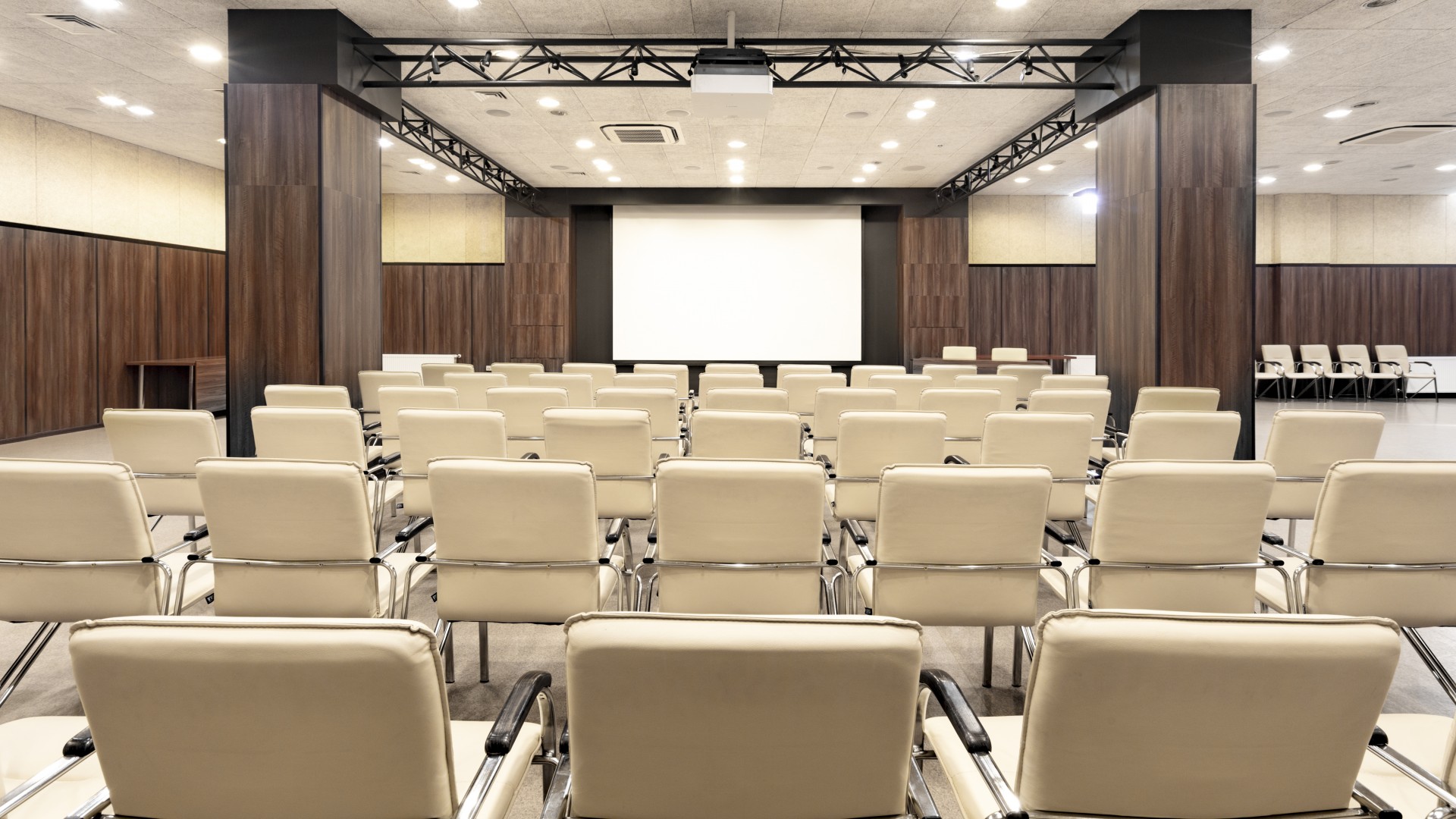
REVERB: AN OLD ENEMY?
In the previous articles we saw that, very often, acoustic reflections and the reverberation phenomenon are the arch enemy to be defeated.
In particular when we’re dealing with a musical program, highly dynamic and rich in impulses close to each other, reflection and eccessive reverberation are phenomena to be avoided or tamed as much as possible, to preserve a clear and defined sound.
This is valid also for the human voice, but with a necessary precisation.
It is worth distinguishing two types of reflection, as described by Haase in the ‘50s, dividing reflections in two groups: The first (shorter), can contribute to improve intelligibility, and the second (aka: the tail) will make the end result worst.
So in some cases, controlled reflections, can help better deliver the speech and that’s why in an auditorium it’s not good to reach total neutrality of the environment.
It needs to be said also that the voice doesn’t have the same dynamic and transient charateristics as music, and that’s why it is sometimes accepted to treat the room less drastically.
T60 AND OPTIMAL REVERB:
Not that we want to focus only on numbers in this article, but the T60 parameter, invented by Sabine, is very important and it’s what defines reverberation time.
T60 reverberation time (more simply RT) is the time taken by the transient to decrease 60dB in relation to the highest value reached. This parameter allows to evaluate how much time will take for a sound to extinguish in a closed environment.
Also in this case, to reach those information, a simple search engine is enough.
To have an idea about the proper values of T60 you can check the chart below:
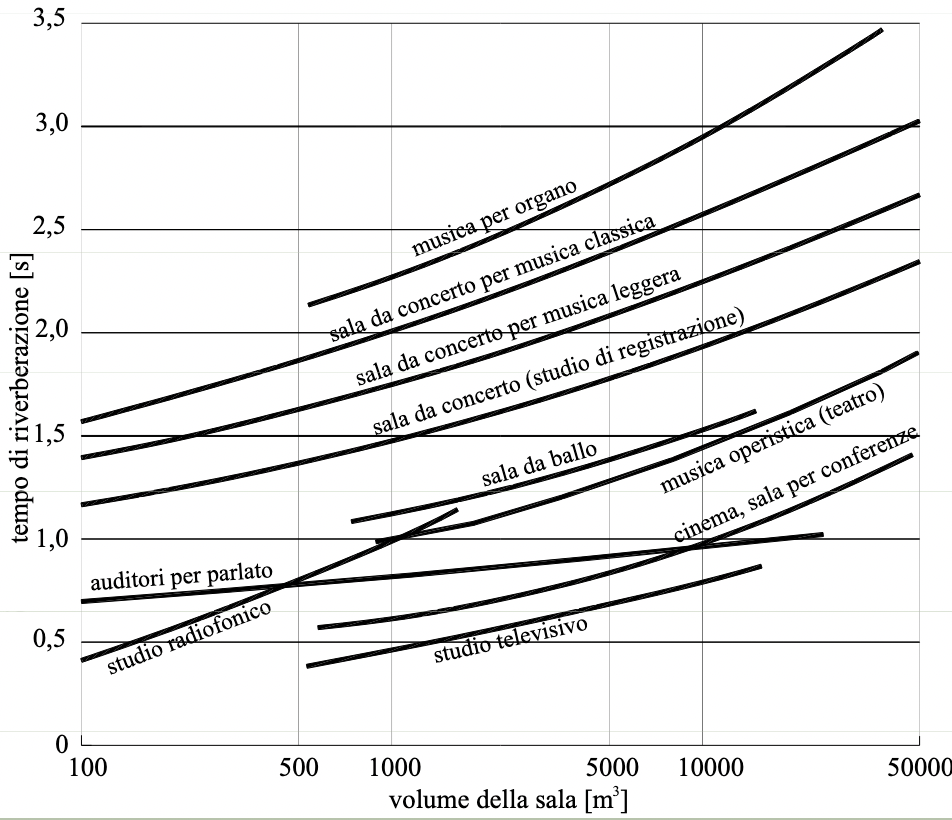
As you can see, the T60 curve in the auditorium case, is much less dependant on the volume of the venue.
SILENCE… TALKING IN PROGRESS:
Another important condition when dealing with a congress center or conferencing room, is the almost total absence of backgroung noise in the venue.
This is never as granted as it may seem.
A music program, being it a concert or recorded content, will have a higher sound pressure than a speech. Moreover, by nature, a speech will need more attention from the audience, in relation to a situation where tens, or hundreds of people listen to the same music.
It’s a different concept of entertainment, and it needs to be treated as such. In the project phase of an auditorium, even before designing the sound system, we’ll need a room with as little background noise as possible (climatization systems, proximity with other noisy rooms, presence of loud machinery) .
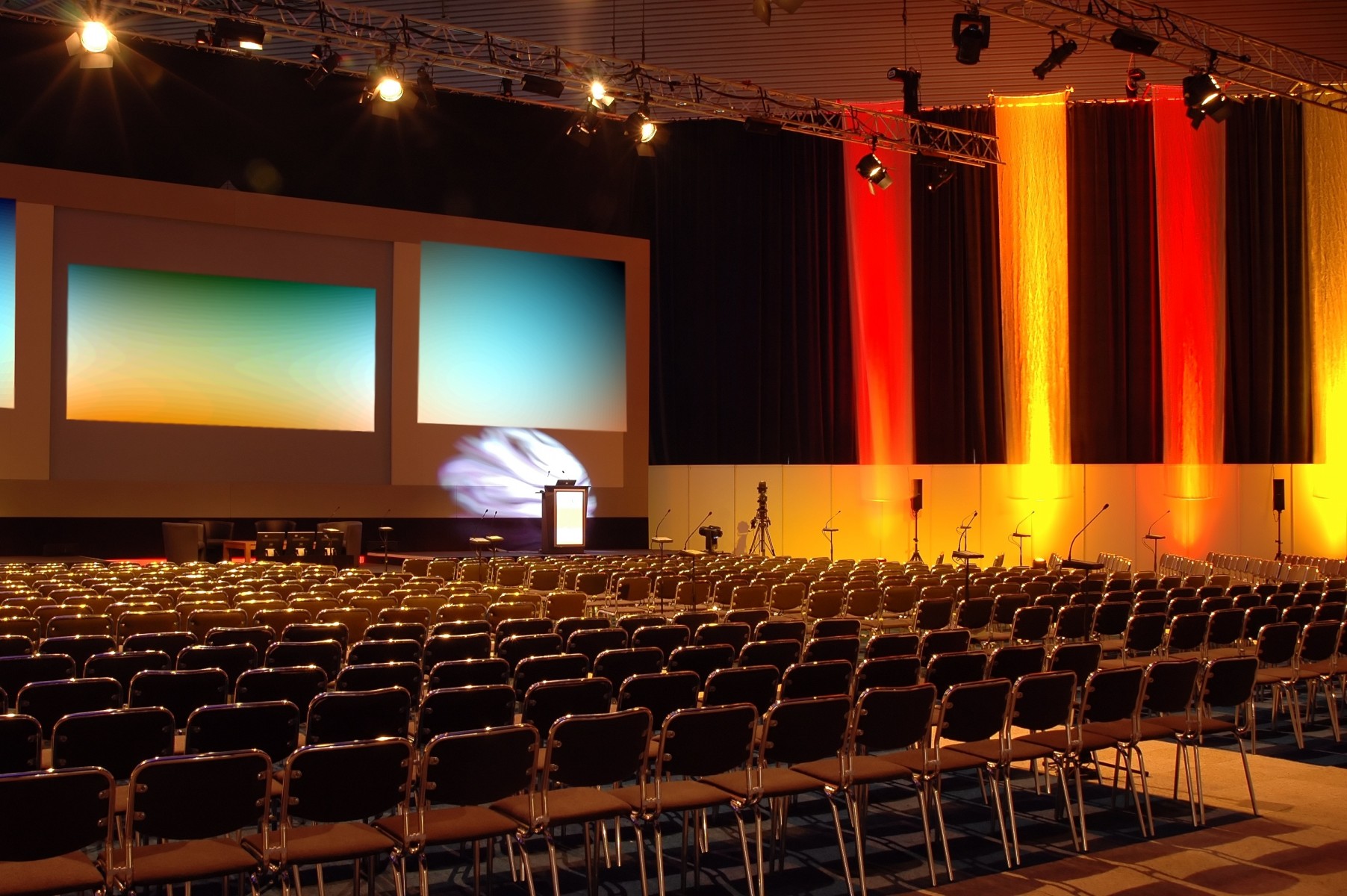
PLACING THE SPEAKERS:
How to place the speakers in a congress center or a meeting room, no matter the size?
Let’s start by saying that a venue will hardly be used only for one purpose, delivering human voice, so in this case also, we should think of a flexible system.
Let’s then analyze the practical side (leaving technical evaluations to the sound designers) and refer to the charateristics of the human voice.
First of all, to deliver the human voice, we’ll hardly need a large amount of low frequencies, so that, in some cases, we could decide not to use any subwoofers, choosing smaller, more conceilable, speakers. Another feature of the human voice is its “mono” nature, so, in theory, we won’t need a stereo system. This means that we’ll be able to place more speakers, closer to the audience, to reduce interaction between acoustic sources.
This solution is called distributed system and it is the most common in this kind of installations.
In conclusion, it is woth remembering that there is a ISO certification specialized in designing and calibrating tests for voice intelligibility.
ISO TR 4870, 1st Edition, 1991 - Acoustics - the Construction and Calibration of Speech Intelligibility Tests

